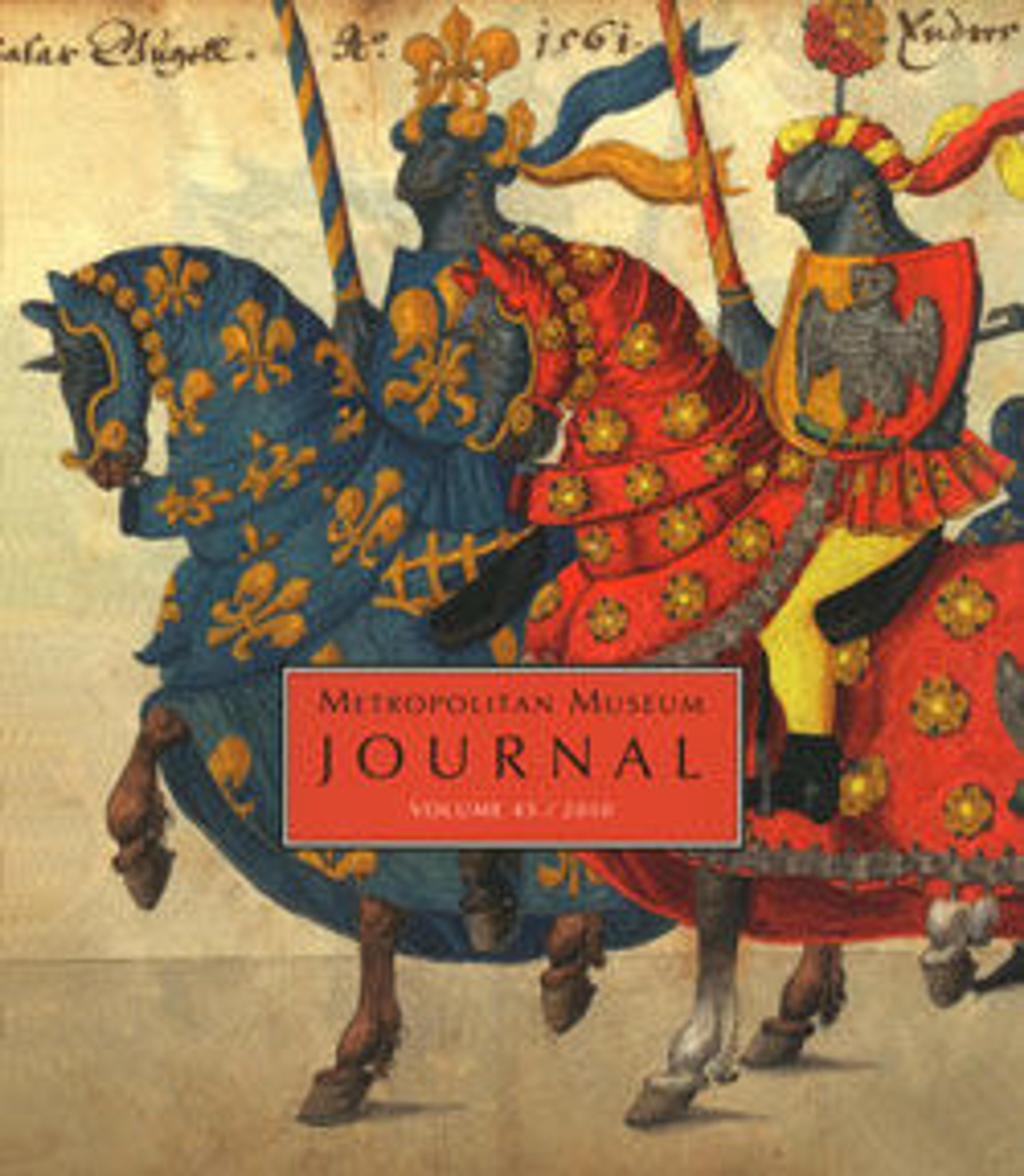Sparse trees and pavilion
Wang Meng painted and inscribed this fan for the poet Chen Ruzhi (1329–1385) about 1361, when Chen came to the Hangzhou area to escape rebel uprisings near his home in Lushan, Jiangsu Province. This intimate painting and poem portray Chen as Wang knew him—as a homeless refugee living in rustic seclusion near Wang's home at Yellow Crane Mountain. Wang's poem reads:
In the empty grove the whistling wind makes the leaves dance;
The thatch pavilion is lonely under the noonday sun.
All day long a southerly wind ripples the green waves;
In a gauze cap of coarse hemp one feels no trace of summer's heat.
This rustic's dwelling is near Yellow Crane Peak;
In the evening he enters a deserted grotto and listens to the mountain rain.
In the empty grove the whistling wind makes the leaves dance;
The thatch pavilion is lonely under the noonday sun.
All day long a southerly wind ripples the green waves;
In a gauze cap of coarse hemp one feels no trace of summer's heat.
This rustic's dwelling is near Yellow Crane Peak;
In the evening he enters a deserted grotto and listens to the mountain rain.
Artwork Details
- 元 王蒙 蕭林寂亭圖 團扇
- Title: Sparse trees and pavilion
- Artist: Wang Meng (Chinese, ca. 1308–1385)
- Period: late Yuan dynasty (1271–1368)
- Date: late 1350s
- Culture: China
- Medium: Fan mounted as an album leaf; ink on silk
- Dimensions: Image: 9 7/8 x 11 1/8 in. (25.1 x 28.3 cm)
- Classification: Paintings
- Credit Line: Ex coll.: C. C. Wang Family, From the P. Y. and Kinmay W. Tang Family Collection, Gift of Oscar L. Tang, 1991
- Object Number: 1991.438.2
- Curatorial Department: Asian Art
More Artwork
Research Resources
The Met provides unparalleled resources for research and welcomes an international community of students and scholars. The Met's Open Access API is where creators and researchers can connect to the The Met collection. Open Access data and public domain images are available for unrestricted commercial and noncommercial use without permission or fee.
To request images under copyright and other restrictions, please use this Image Request form.
Feedback
We continue to research and examine historical and cultural context for objects in The Met collection. If you have comments or questions about this object record, please contact us using the form below. The Museum looks forward to receiving your comments.
